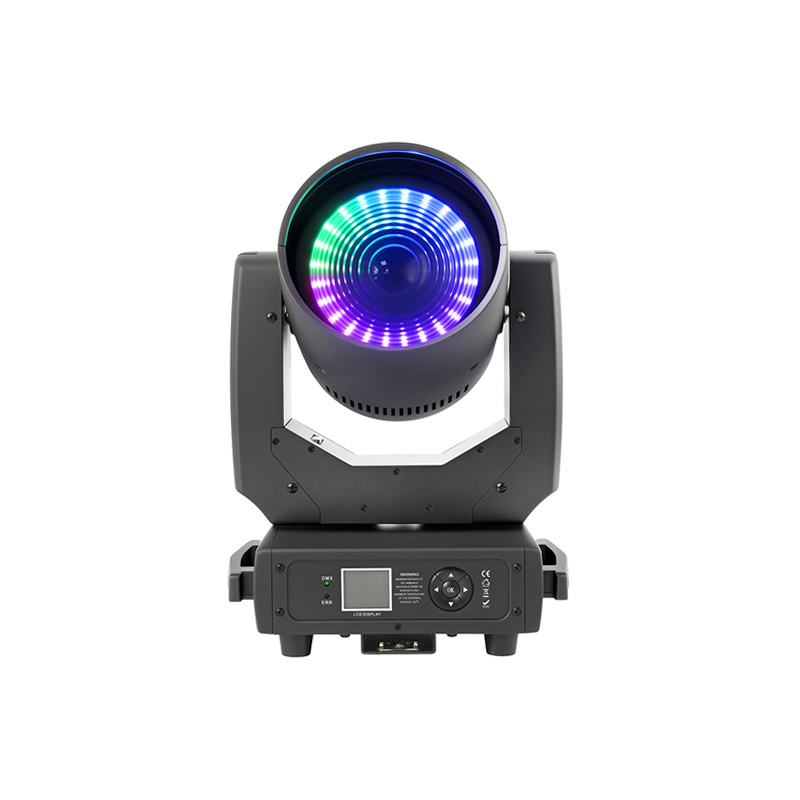How to Choose the Best Waterproof Spot Lights for Outdoor Use
Classification:
summary description]
When you're searching for waterproof spot lights, chances are you're trying to solve a real-world problem: how to light your outdoor space reliably, safely, and attractively—rain or shine. Whether you're illuminating a pathway, highlighting a garden feature, or improving nighttime security, the right waterproof spot lights can make all the difference.
What Are Waterproof Spot Lights?
Waterproof spot lights are outdoor lighting fixtures specifically designed to withstand exposure to rain, humidity, and other weather elements. They provide focused beams of light, ideal for highlighting specific areas or objects like trees, architectural features, or sculptures.
Unlike standard indoor spotlights, waterproof versions feature durable materials and sealed components that prevent water from seeping in and damaging internal electronics.
Common Problems Users Face When Searching for Waterproof Spot Lights
If you're shopping for outdoor lighting, you’ve likely encountered one or more of the following challenges:
- Confusion about IP ratings: What does IP65 or IP67 really mean?
- Not sure which light is best for gardens, patios, or driveways.
- Difficulty installing or powering lights in outdoor settings.
- Worry about energy consumption or compatibility with solar systems.
Let’s address these concerns directly.
1. Understand IP Ratings for Waterproof Protection
The most important feature to consider is the IP (Ingress Protection) rating. Here's a quick guide:
- IP65: Protected against water jets – ideal for most weather conditions.
- IP66: Resistant to more powerful water jets – great for exposed areas.
- IP67: Can be submerged in water up to 1 meter – perfect for ground installations or heavy rain zones.
For typical outdoor use, IP65 or higher is recommended.
2. Choose the Right Type of Light Beam
Spot lights are designed to produce a narrow, focused beam. This makes them excellent for:
- Lighting up trees or shrubs in a landscape
- Accentuating architectural elements like columns or signs
- Adding drama to fountains or statues
If you need broader illumination for paths or general areas, you may want to consider flood lights instead.
3. Consider Power Source and Installation
There are three main options for powering waterproof spot lights:
- Wired (AC): Stable and powerful, best for permanent installations.
- Low-voltage (12V): Safer and easy to install for DIY enthusiasts.
- Solar-powered: Energy-saving and eco-friendly, but less reliable in cloudy climates.
Ensure the fixture comes with adjustable heads and mounting stakes or brackets, which make installation easier on various surfaces.
4. Don't Overlook Design and Energy Efficiency
LED waterproof spot lights are the most efficient, consuming less energy while offering long lifespans (up to 50,000 hours). Look for models with:
- Warm white (2700–3000K) for a cozy glow
- Cool white (4000–6000K) for brighter, more modern lighting
- RGB color options if you want dynamic lighting for events or holidays
Final Tips for Buying
- Read reviews to ensure reliability in real weather conditions.
- Check warranty policies, especially if you're buying in bulk.
- Look for smart features like motion sensors or app control if you're enhancing home security.
Conclusion:
Finding the right waterproof spot lights doesn’t have to be complicated. By focusing on the IP rating, beam type, power source, and energy efficiency, you can select outdoor lighting that meets your specific needs. Whether you're aiming to create ambiance in a backyard or improve visibility around your property, the right spot lights offer durability, performance, and style, all year round.
Previous Page
Previous Page
More Cases



